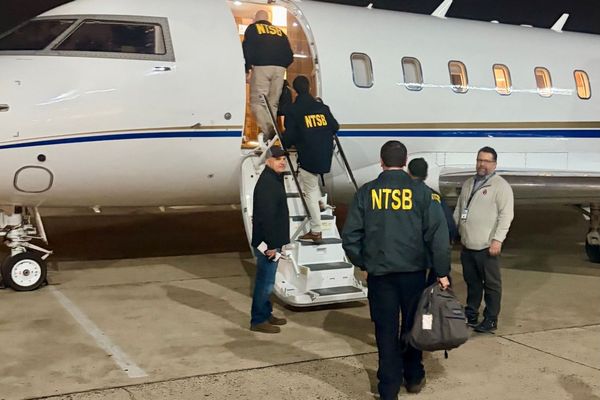
Scientists on board a deep-sea expedition to the South Sandwich Islands near Antarctica have returned with a treasure trove of photos of previously unseen marine life.
They found coral gardens, hydrothermal vents and many suspected new species while exploring around the island chain, including in the deepest trench in the Southern Ocean.
The same international team, aboard Schmidt Ocean Institute’s research vessel Falkor (too), made headlines last month with their world-first footage of a colossal squid. And in January, they were in the right place at the right time to explore the seafloor when a Chicago-sized iceberg broke away from an ice shelf in Antarctica.
But there were many more “magic moments” on the 35-day deep-sea expedition to this extremely biodiverse part of the ocean.
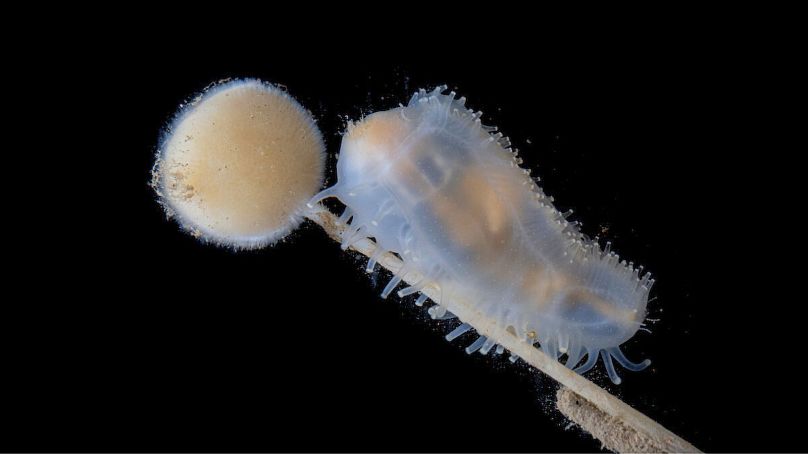
“The 35 days at sea were an exciting rollercoaster of scientific discovery; the implications of which will be felt for many years to come as discoveries filter into management action,” says Dr Michelle Taylor, head of science and expedition principal investigator at the Ocean Census - the world’s largest initiative to accelerate the discovery of ocean life.
These remarkable photos take us along for the ride.
Where are the South Sandwich Islands?
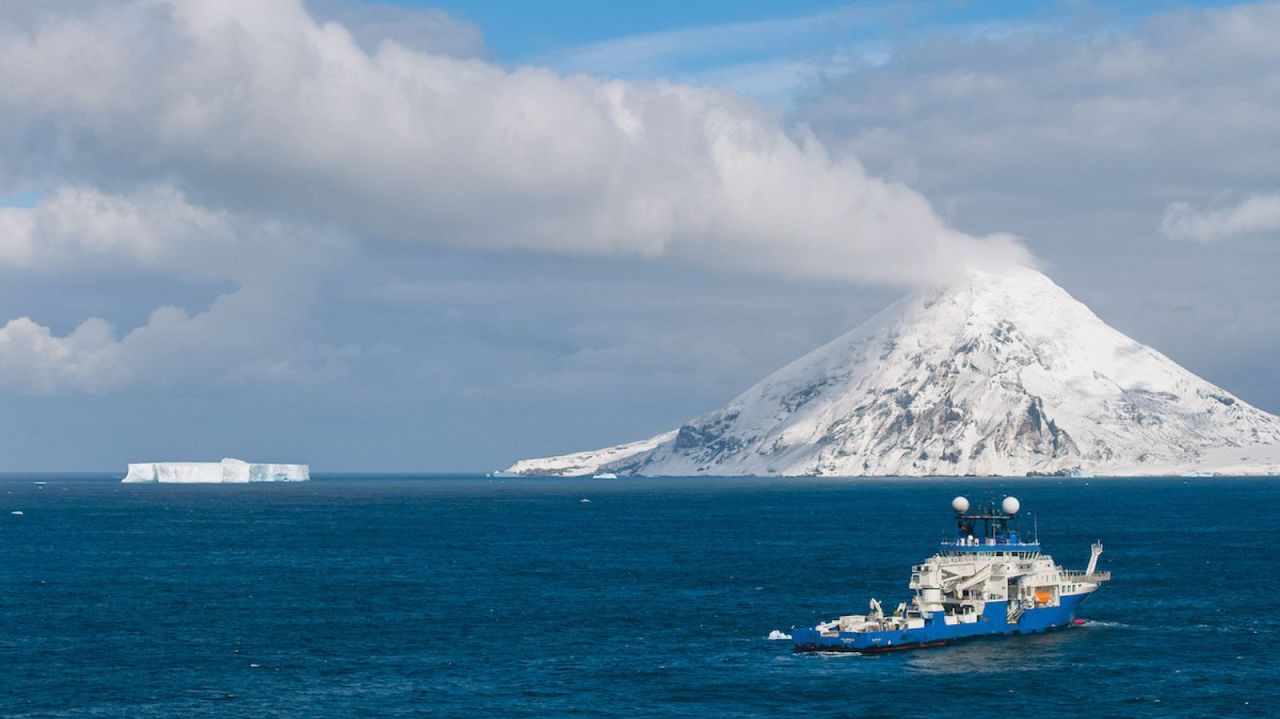
Located in the South Atlantic, the South Sandwich Islands are part of a rich mosaic of geologic features.
These include hadal zone trenches (the deepest region of the ocean), underwater volcanoes, and spreading centres - features created by tectonic forces that have supported the evolution of species found nowhere else on the planet.
It took eight days for the research vessel to travel to the islands from the port of Punta Arenas, Chile.
On board were Ocean Census scientists, who led efforts to discover new species, and researchers from GoSouth, a collaboration between the UK’s University of Plymouth, the British Antarctic Survey and Germany’s GEOMAR, tasked with investigating the effects of geohazards, including tsunamis, volcanoes, and earthquakes.
New hydrothermal vents discovered
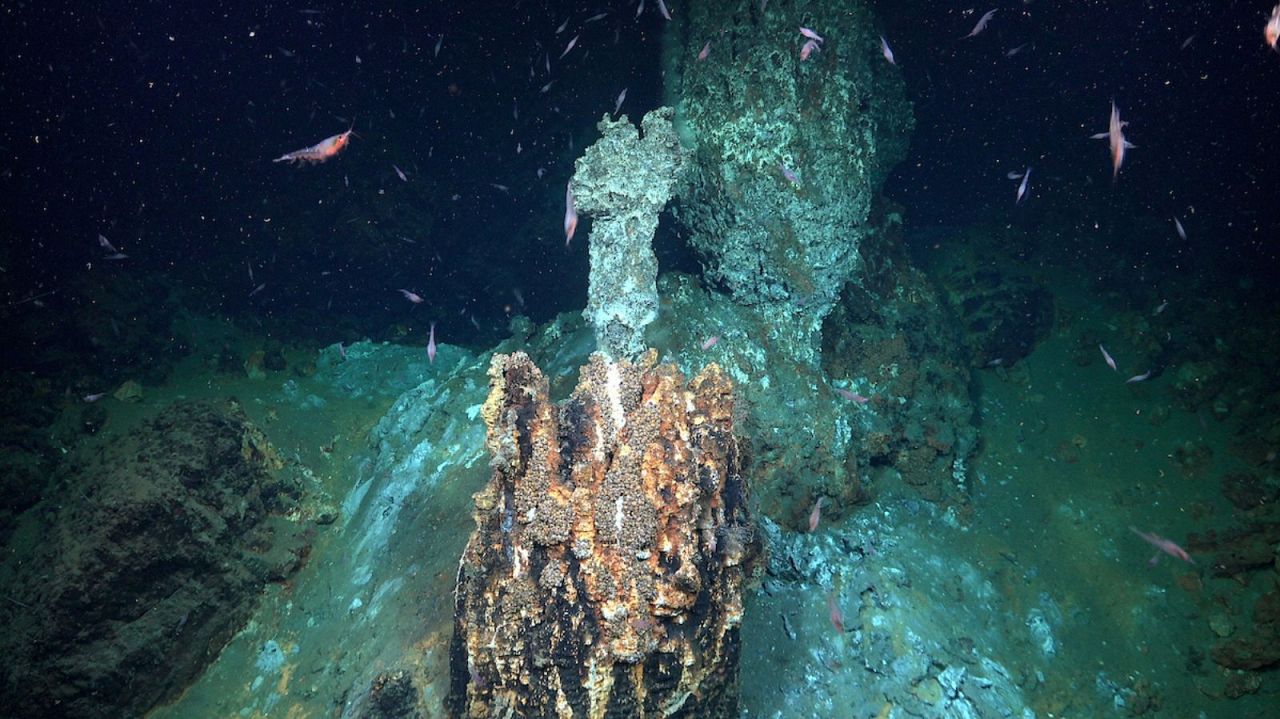
The GoSouth team, led by co-chief scientist Dr Jenny Gales, discovered two pockmarks in the mapping data of an underwater caldera - a bowl-shaped depression in the seafloor, left after a volcano erupts.
Since pockmarks can indicate hydrothermal activity, the team deployed the vessel’s remotely operated vehicle (ROV) SuBastian to map the pockmarks at a higher resolution.
The robot confirmed the presence of hydrothermal vents - fissures from which geothermally heated water rises - finding three on the larger pockmark, and one on the smaller one.
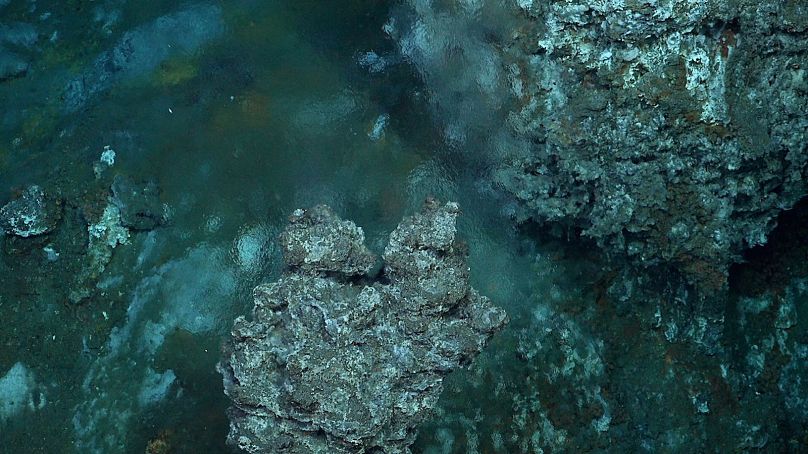
Located at a depth of 700 metres, they are some of the shallowest hydrothermal vents to have been discovered near the South Sandwich Islands. The tallest vent chimney was four metres - about as tall as a basketball hoop.
“Discovering these hydrothermal vents was a magical moment, as they have never been seen here before,” says Dr Gales, an associate professor in Ocean Exploration at the University of Plymouth.
“It’s an incredible discovery that provides valuable insights into the area’s tectonic activity. Making such a discovery is rare. It highlights the importance of ocean exploration and seafloor mapping.”
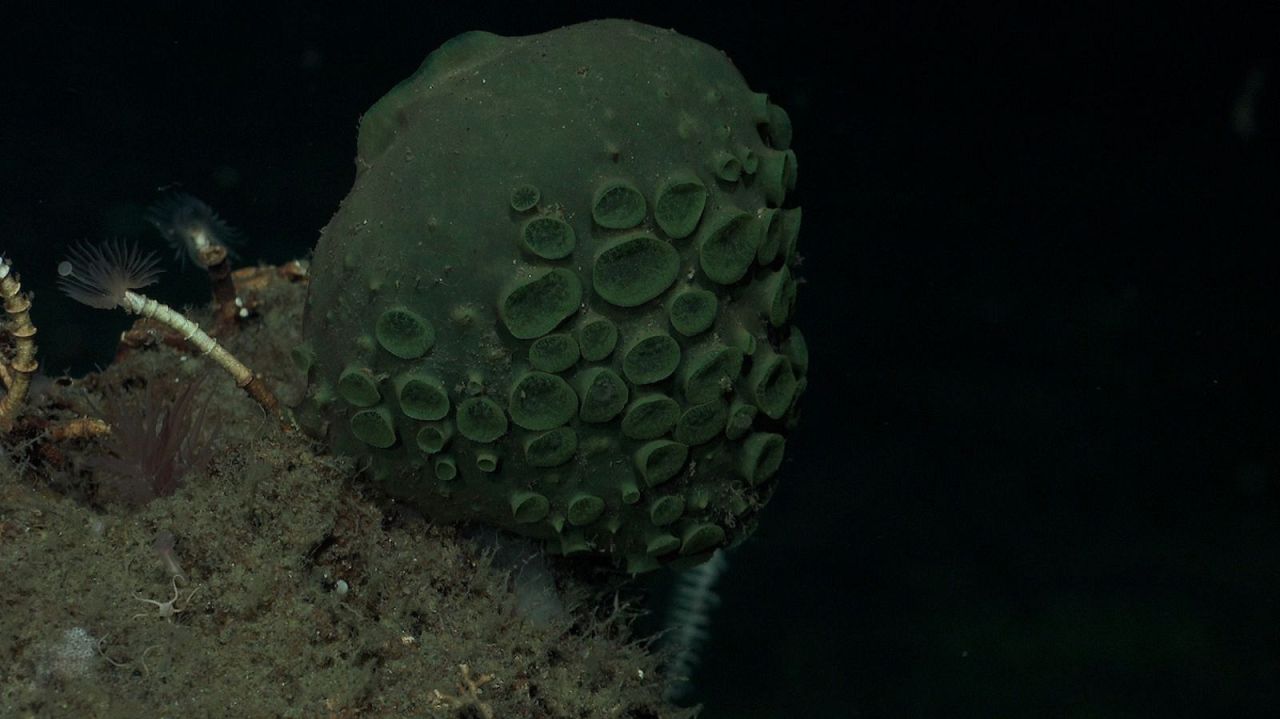
Each vent was covered with an array of life dependent on chemosynthesis (producing food using inorganic substances without sunlight), including sea snails and barnacles.
Thriving coral gardens and large sponges were also found in close proximity to the vents - an unusual observation, according to Dr Taylor.
Coral gardens and new species found far from human eyes
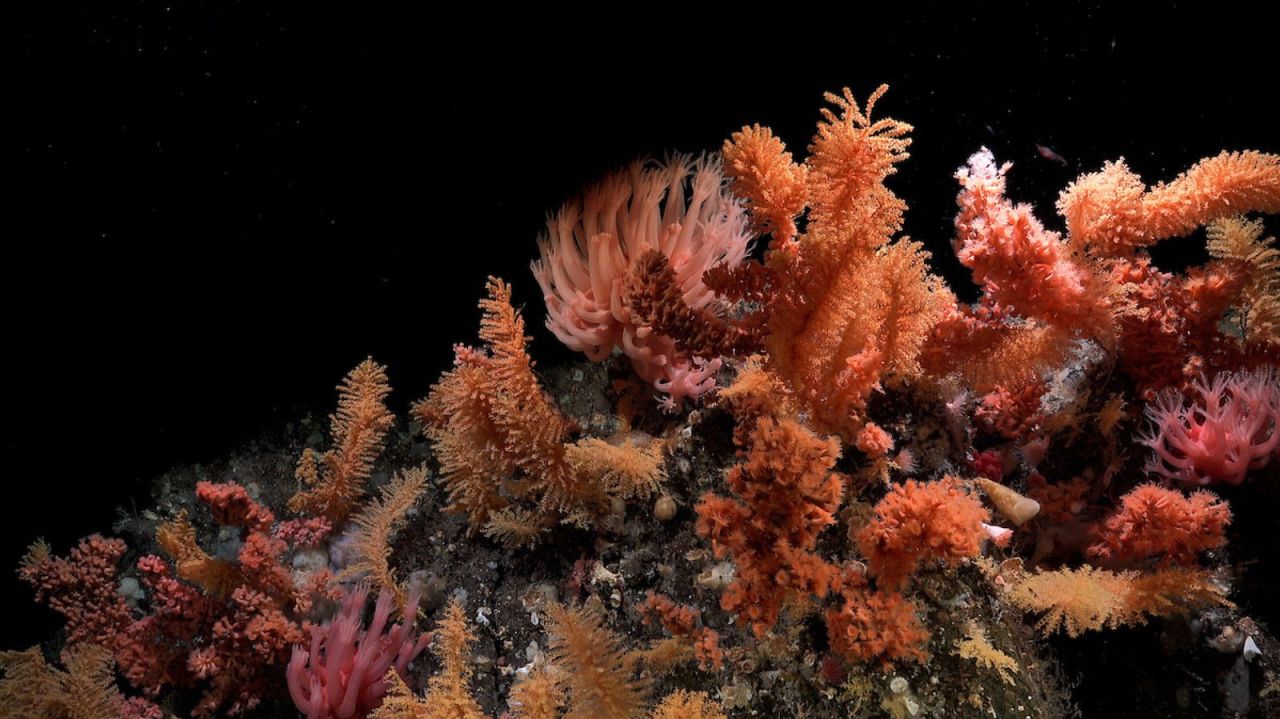
Meanwhile, Ocean Census scientists uncovered a range of potentially new marine life - including corals, sponges, snails, sea urchins, sea stars and benthic (sea bottom) ctenophores, which have gelatinous bodies.
A thriving coral garden located west of Saunders Island at a depth of 120 metres is pictured in one of the most breathtaking photos from the expedition.
The exact number of new species will be announced later this year when experts have had time to formally assess and catalogue the findings.
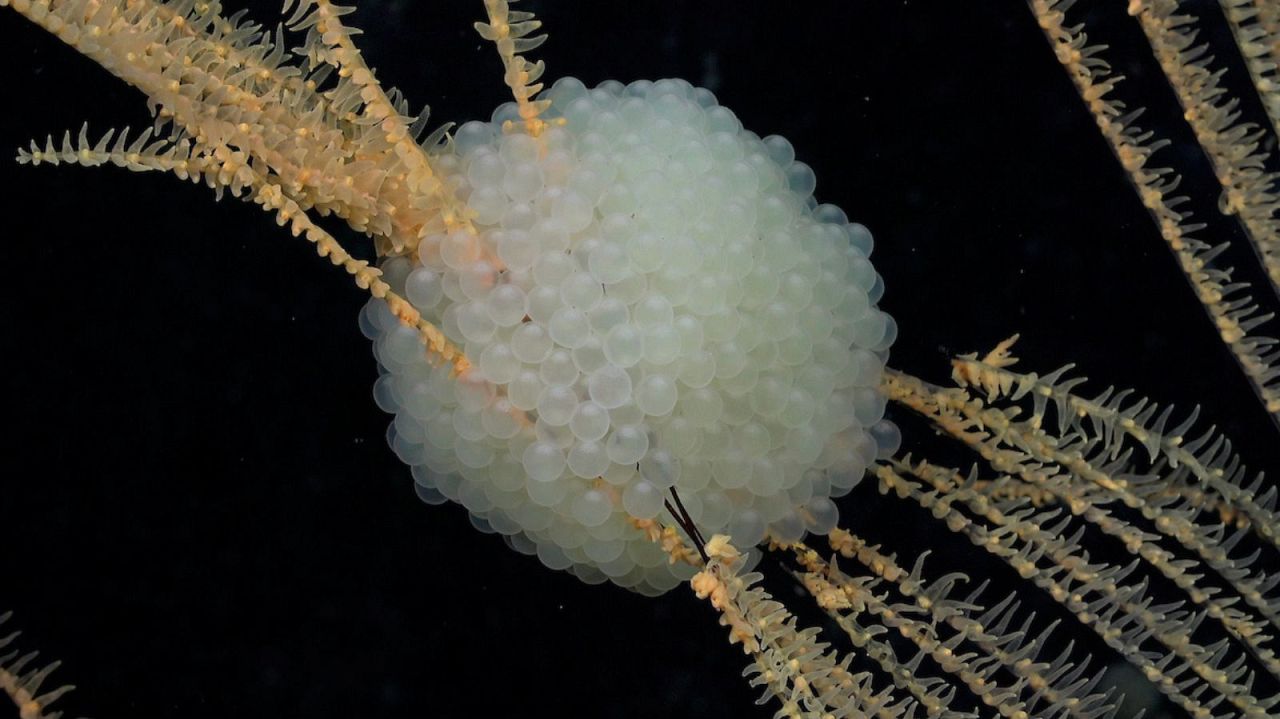
But they include a possible new sea cucumber species - marine invertebrates so-named for their soft cylindrical bodies. These creatures play a crucial role in benthic ecosystems by recycling nutrients, and are well-adapted to the cold Antarctic environment.
During a dive in the South Sandwich Trench - one of the coldest and most isolated submarine trenches on the planet - the team also spotted snailfish eggs laid on a black coral, a previously unknown behaviour.
They also captured the first footage of Akarotaxis aff. gouldae, a species of dragonfish that was discovered only two years ago. And found large pumice blocks, indicating that the South Sandwich Islands are capable of explosive volcanism.
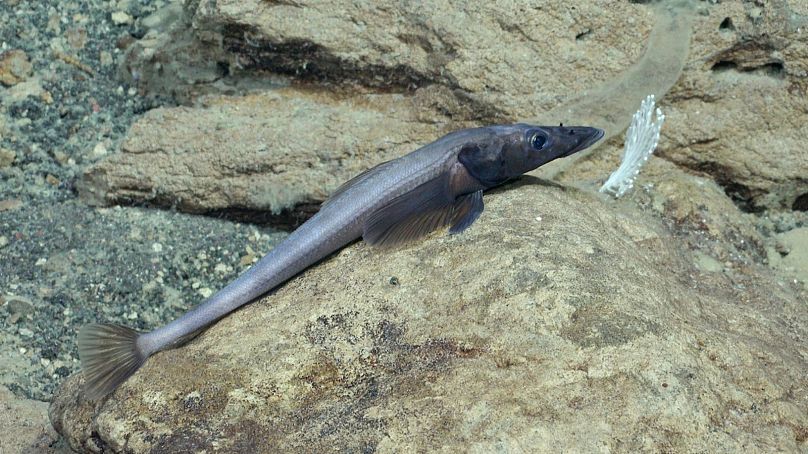
Mother Nature threw everything she had at the expedition, says Dr Taylor, including a subsea earthquake, tropical storm force winds with hurricane-level gusts, eight-metre waves, and icebergs to navigate.
“The challenging ocean and weather conditions and the isolated location of the South Sandwich Islands capture the imagination of the boldest explorers - often the closest humans to the vessel were on the International Space Station,” says Schmidt Ocean Institute’s executive director, Dr Jyotika Virmani.




